
Which site would you like to visit?
By clicking the retail or wholesale site button and/or using rarewineco.com you are choosing to accept our use of cookies to provide you the best possible web experience.
December 13, 2013 by Mannie Berk
It’s rare that you get the chance to experience one of the world’s greatest wines, in a great vintage from a great producer, under circumstances that are completely unexpected and unique.
But that’s precisely what happened to me two Novembers ago. An old friend in the wine trade in Italy had been offered a private collection and we met in a local trattoria to have dinner and taste the wines, which included 1958 Gaja Barbaresco, 1978 Giacosa Barolo Pugnane, 1961 Prunotto Barolo and 1971 Francesco Rinaldi Barolo. But there was also an interloper: two bottles of a wine unknown to any of us, but from the same great 1971 vintage: Barisone Barolo.
At first glance, I assumed Osvaldo Barisone to be one of countless Langhe producers from the 50s, 60s and 70s that have now vanished. Later, I found out how wrong that assumption was.
First, we ran through the Gaja, Giacosa, Prunotto, and Rinaldi along with some eye-opening Dolcettos from the 70s and 80s. Then came the first bottle of Barisone, which left me nearly speechless. Astonishingly full, sweet, youthful with classic Nebbiolo nuances all over the place. Was it a fluke? We opened the second bottle, and it was every bit as compelling.
I remember grabbing one of the bottles to study the label, which wasn’t that helpful. I simply wrote in my notebook “cantina founded 1859.” But it wasn’t until I was back in the U.S. that I learned the wine had actually been made by Francesco Rinaldi … yes, the same Francesco Rinaldi whose 1971 Barolo we’d tasted minutes earlier.
It turned out that Osvaldo Barisone was not an old Langhe producer. He was a wine merchant in Torino, which we learned was still in business. We didn’t know if Osvaldo was the founder from 1859 or the current proprietor, but we found a phone number on the internet. Signora Barisone answered the phone, and then the elderly but absolutely charming Osvaldo picked up.
We explained that we had come across this wine with his company’s label on it and asked what he could tell us about it. For the next 30 minutes, he told us the story of how his family had been wine producers near Asti in the past. In 1969, he opened his own enoteca in Torino, and from that point on began buying Barolo directly from top producers for bottling under his own label. Demand wasn’t like it is today; even fine producers were happy to sell at least some of their wine that way.
Osvlado bought the wines in demijohn, and then bottled them, leaving the bottles in great stacks, without labels or capsules, which were put on only when the wine was sold. He bought a different producer’s Barolo in each worthy vintage; 1971 was the only year their Barolo came from Rinaldi, a fact that was later confirmed by Rinaldi. The last vintage in which Osvaldo bought any Barolo in demijohn for bottling himself was 1989. By then, the DOCG rules that had gone into effect in 1981 had made things too complicated for Osvaldo to continue.
There was only one other mystery to be uncovered: why is the ’71 Barisone so amazingly good? The answer occurred to me immediately: the demijohns. If you’ve read our June 2010 article on the very old Aldo Conterno Barolos aged in 12.5L brenta, you’ll know a bit about how aging in large bottles can slow down the aging process. Luciano Rinaldi believed in demijohns for slow aging, and in the past was known to put part of his Barolo production in demijohn for further aging. We learned this about 15 years ago having been stopped in our tracks by a stunning bottle of 1967 Francesco Rinaldi Barolo. We believe the demijohns sold to Osvaldo were from one of these stocks, hence their remarkable condition.
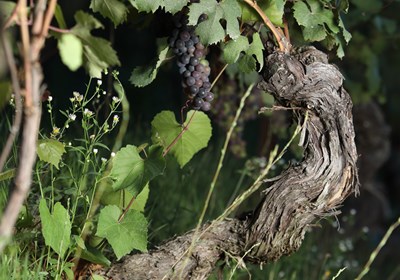
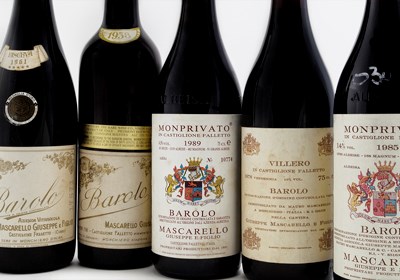
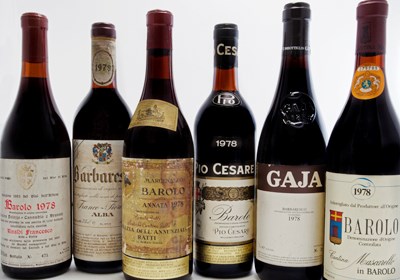
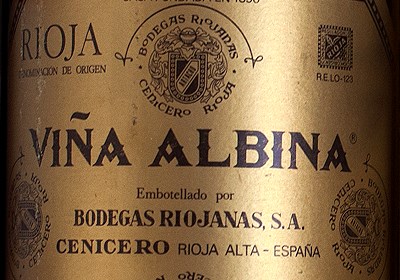
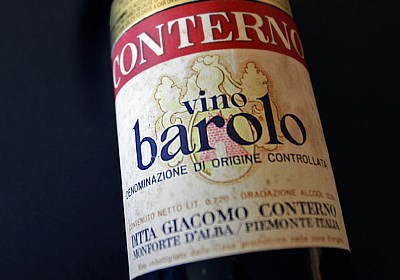
New discoveries, rare bottles of extraordinary provenance, limited time offers delivered to your inbox weekly. Be the first to know.
Please Wait
Adding to Cart.
...Loading...


By clicking the retail or wholesale site button and/or using rarewineco.com you are choosing to accept our use of cookies to provide you the best possible web experience.

